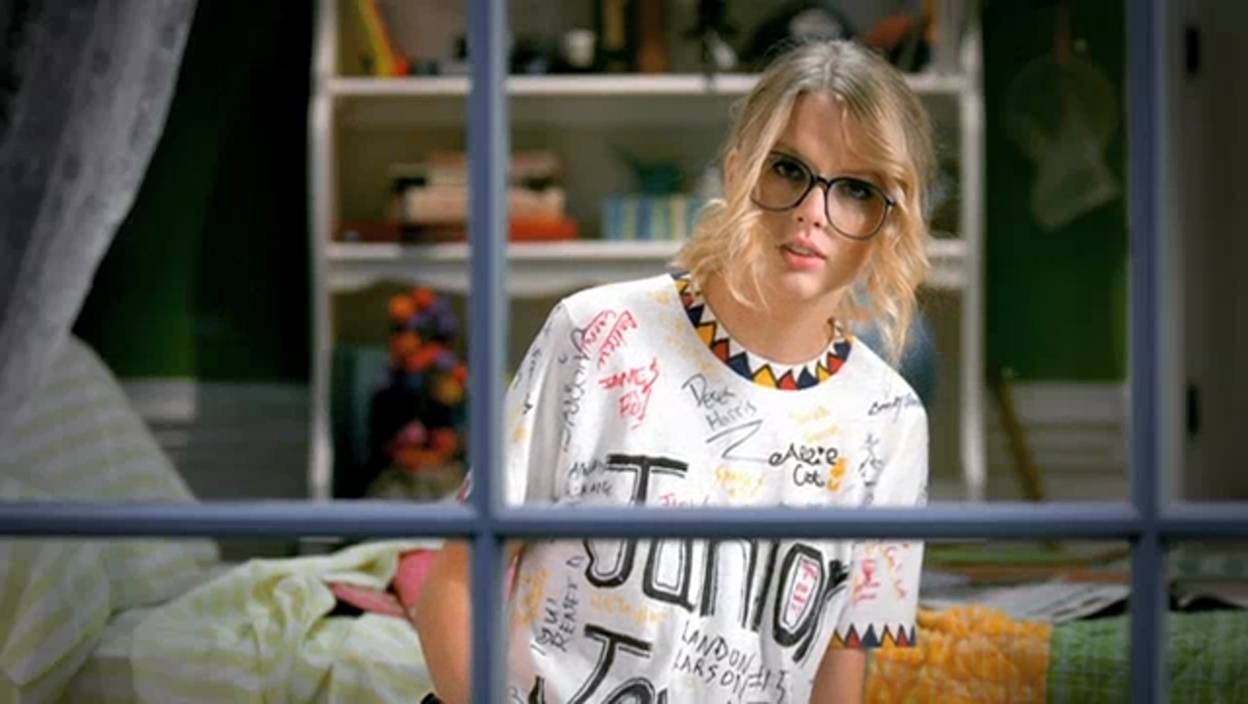- Social media marketing (Twitter, Facebook, Instagram, Tumblr, Myspace, Soundcloud and Spotify being the most popular).
- Websites and blogs for existing fans
- Radio broadcasting
- TV appearances (eg. as guests on chat shows)
- Publications - articles, reviews, advertorials, interviews
- Competitions/ giveaways
- Live performances - concerts, tours, charity concerts, secret concerts, TV performances
- The release of their own films/ documentaries and accompanying press events, such as premieres and conferences.
- Cameo appearances in other films
- The release of an annual or an autobiography
- Advertising - TV advertising slots, radio time, billboards
- Featuring tracks on compilation albums
- Featuring tracks on film and TV soundtracks
- Merchandise - posters, clothing, stationary, calenders etc
- The album, including the cover, the album art and collectible versions
- Music videos for singles
- Playing music videos on music channels such as MTV, Kiss, Kerrang
- iTunes and Amazon
- Youtube and providing promotional content to famous Youtubers
- Vevo channels - promo clips, trailers, behind-the-scenes footage
- Celebrity endorsement
- Viral marketing campaigns
- Free downloads - ringtones, wallpapers, promo clips
- Tie-ins with other brands to widen audience
- Album and book signings
- Free apps for smartphones
- Appearances in music charts
- Appearances at award shows, either as presenters, performers or award winners
- Launch parties
- Festivals
These marketing methods could be categorised in various ways:
- Online marketing
- Above and below the line marketing - above-the-line marketing requires direct payment, whereas below-the-line is, arguably, 'free' publicity through various media platforms.
- By media platform or industry
- Singular marketing or alongside other artists
- Purchasing opportunities for audience members
- Marketing that targets existing fans vs that which targets potential new fans
- Interactive, immersive marketing in which the audience is given power
- Teaser campaigns
We also discussed what the aim of a marketing campaign would be in the music industry:
- Ultimately what has to sell is the music - therefore, the music video works to promote the single that promotes an album. This cyclical, or step-by-step promotion can be applied to various different forms of marketing in the music industry.
- Marketing can also be used to freshen or to protect the brand identity of a certain artist, but also to ensure longevity.
- Evidently, the music targets a certain audience, and marketing the artist and their music raises awareness to potential audience members. This also gives audience members the chance to buy into a certain brand image or style.
- Marketing has the primary objective to persuade people to spend money on products, in this case, music.
- Marketing in the music industry can also be used to convey a certain message or ideology, especially if the artist feels strongly about certain issues in society.
Marketing in the music industry is primary funded by the record label, who invest money into an artist based on projected album and ticket sales. The amount invested is expected to be 'reimbursed' by the artist in sales. The artist's salary and other living expenses are also taken out of this investment, as well as any studio time and tour expenses required to produce and promote the music. Record labels therefore have to strongly consider what is commercially viable rather than taking risks with who they sign. A record label would therefore maximise profit potential by providing audience members with multiple opportunities to spend their money on various products, primarily through the website, which acts as a hub to promote both the artist and the record label. They also tend to avoid niche audiences, and sign artists that have cross-gender appeal, global appeal and who would be attractive to a wide age range.
We studied One Direction's website as a case study, looking particularly at interactivity, style and design and purchasing power.
One thing I found particularly interesting was the way in which marketing teams for certain artists would have symbiotic relationships with a wide variety of media platforms, such as magazines and radio stations, who are looking for content. This media partnership would be one that is mutually beneficial, since it would be relevant to the target audiences, both primary and secondary of the artist and of the media platform. Another aspect of music marketing I was fascinated by was the notion that all publicity isn't necessarily good publicity. The press works to expose the façade of the brand identity concocted by record labels, because the press generally has the right to believe that the public has the right to know that they are buying into a parallel universe. This may or may not undermine the brand image of the artist, and since record labels lose control to the press, the press now has infinite control of the image of the band that is projected to the public.












